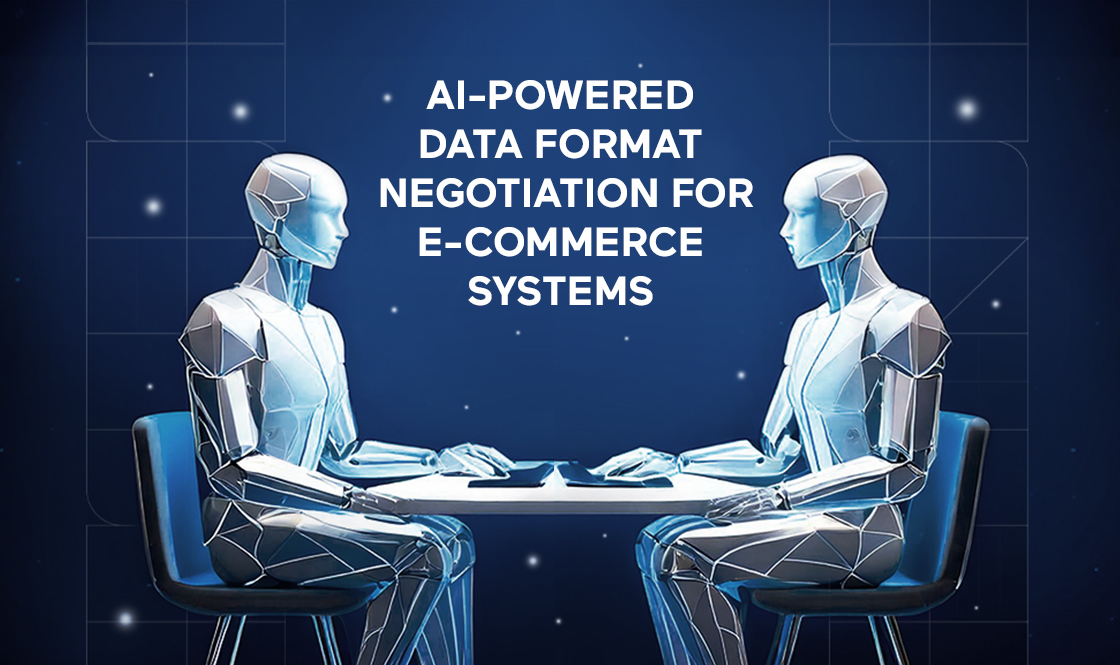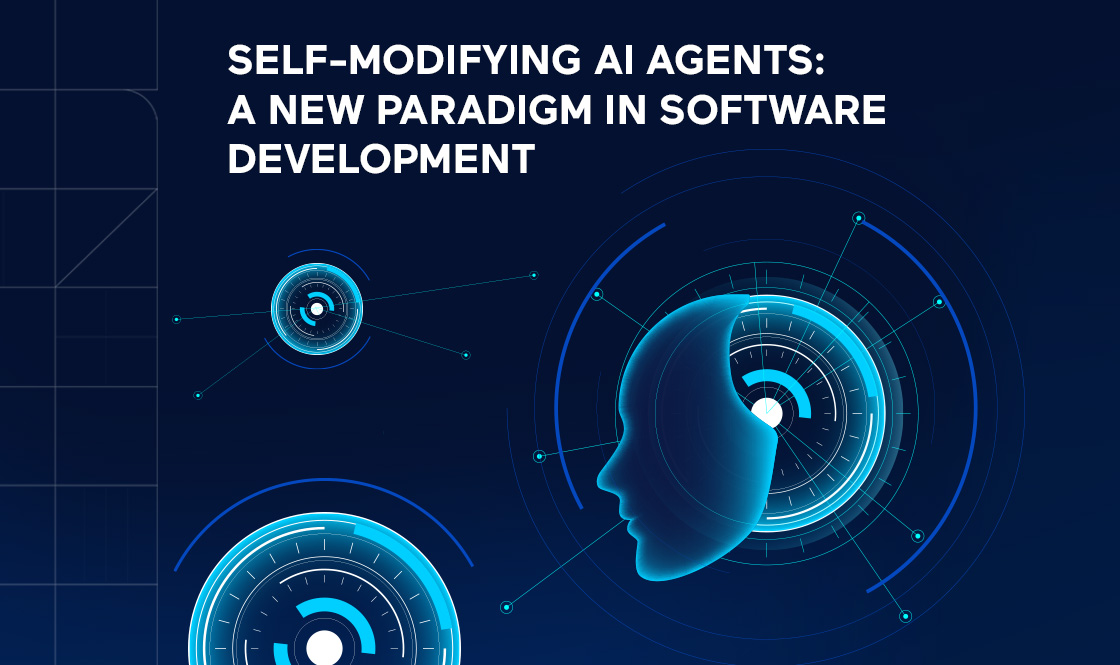The AI community often spotlights generative models and chatbots, but one key innovation remains overlooked: rapid knowledge acquisition through self-modifying code. This capability allows AI systems to learn on the fly, change their codebase, and adapt to new domains seamlessly.
At Spiral Scout, we recognize the growing importance of self-modifying AI systems. These systems represent a shift from task-oriented AI to knowledge-centric AI, enabling agents to remember past interactions, refine their logic, and become domain experts over time.
Shifting Focus from Tasks to Knowledge
Traditional AI models operate on a transactional basis, responding to queries without retaining long-term knowledge. In contrast, self-modifying AI environments incorporate new insights, build domain expertise, and function similarly to a new team member learning on the job.
- Reduced Reliance on External Tools: Self-modifying AI can extend itself, generating new features without needing separate platforms or scripts.
- Contextual Memory and Onboarding: These systems replicate the learning pattern of a new employee at machine speed, building a persistent knowledge graph.
- Fewer Bottlenecks in Software Development: By reworking its workflows, an agent can update logic and configurations continuously, shortening development cycles and enhancing AI-driven software development.
Why Speed of Knowledge Acquisition is the Real Differentiator
Most organizations have yet to realize how quickly AI can ingest domain knowledge once self-modification becomes practical. While traditional models handle generic tasks well, they can’t spontaneously morph into hyper-specialists. Self-modifying agents can, by rewriting logic to serve specific niches.
This capability is akin to having an AI-assisted development tool at your disposal, enhancing adaptability and efficiency.
Some might ask: “Don’t large tech companies do that behind closed doors?”
Possibly. Rumors exist that bigger players experiment with dedicated internal systems to manage advanced agent logic. Yet these are not publicly available, and few established solutions match the idea of an “AI operating system” that Spiral Scout and Wippy are championing. The fundamental shift is to let the agent own the code it uses, giving it the freedom to restructure tasks, integrate new libraries, or re-architect workflows with minimal friction.
Key Elements Enabling Self-Modification
- Ownership of Code: Agents can restructure tasks, integrate new libraries, and re-architect solutions, leading to more efficient and adaptable systems.
- Integration with Existing Systems: By owning their code, agents can seamlessly integrate with existing systems and enhance overall functionality.
- Sandboxed Runtime
A secure environment is essential. Self-modifying AI must run within guardrails—ensuring that experiments and logic changes don’t cause widespread system havoc. This sandbox can be layered with concurrency controls (similar to Erlang/Go) to isolate each process. - Persistent Memory Store
Even the smartest LLM is limited if it cannot store knowledge beyond a short context window. By coupling an AI agent with a knowledge graph, or an event-based memory store, new information persists indefinitely. Agents access historical data to refine their approach whenever needed. - Agent Collaboration
One agent alone might handle a specialized task, but more complex endeavors require multiple agents exchanging data or reviewing each other’s work. This architecture relies on reliable messaging systems, a set of standard protocols, and robust error handling to support parallel processes. - Automated Testing and Validation
Modifying code on the fly can break existing features. Self-modifying agents benefit from integrated testing frameworks that quickly verify changes. If a revision fails, the environment reverts to a known stable state.
Practical Use Cases
Self-modifying AI systems have numerous applications, from automating complex workflows to enhancing decision-making processes. They represent a fundamental shift towards more intelligent and autonomous AI systems.
- Enterprise Integrations: Many organizations wrestle with bridging legacy systems and modern platforms like Salesforce or HubSpot. A self-modifying agent could read relevant API docs, create integration paths, and fix errors—while “learning” more about each system’s quirks.
- Continuous Compliance: Regulations are constantly updated, and each compliance shift can demand code tweaks. A system that updates itself based on newly published guidelines reduces the risk of manual oversight.
- Automated Customer Support: Chatbots are widespread, but advanced versions could refine themselves based on user feedback logs. Instead of shipping a new model once a quarter, the AI agent evolves daily, applying new workflows instantly.
Why Spiral Scout Cares About This Paradigm
At Spiral Scout, we are committed to pioneering this new phase in AI. We believe that self-improving systems will drive the next wave of innovation and efficiency in software development.
We’ve seen the roadblocks that appear when clients try to scale AI solutions beyond prototypes. Many adopt frameworks like AutoGPT or LangChain, then hit the wall when they need robust concurrency, code-level modifications, or advanced memory. Our development approach, led by the Wippy runtime, aims to unify concurrency management, system-level supervision, and an agent-driven strategy so that software can evolve without rewriting everything from scratch.
Our vision is to bring high-level AI orchestration to every stage of product development: from planning (the agent learns your domain and organizes tasks) to active coding (the agent modifies functions or modules), to continuous operation (the agent monitors logs and self-corrects).
Looking Ahead
The future lies in AI that not only responds to daily tasks but absorbs knowledge at breakneck speed. Self-modifying code is more than a clever hack— it’s a new way to build software that grows in sophistication. Given the direction of open-source communities and the efforts of big tech, it’s likely we’ll see broader adoption within a year or two, once the overhead for hosting these systems shrinks and security concerns are addressed.
If you’d like to discuss how we can help you integrate these principles into your next project, contact our team or reach out to learn more about the Wippy runtime’s path to high-speed AI knowledge acquisition.



